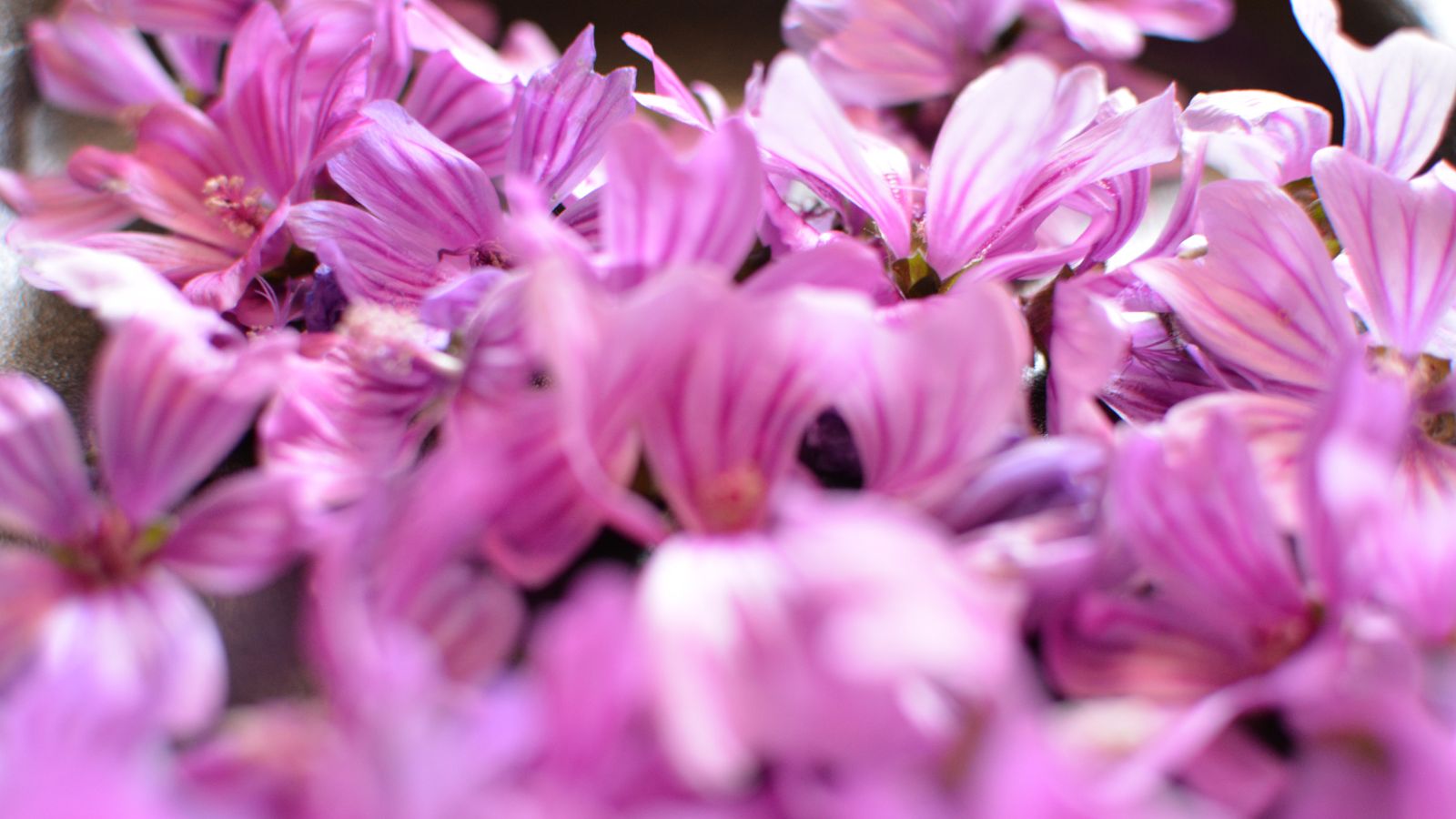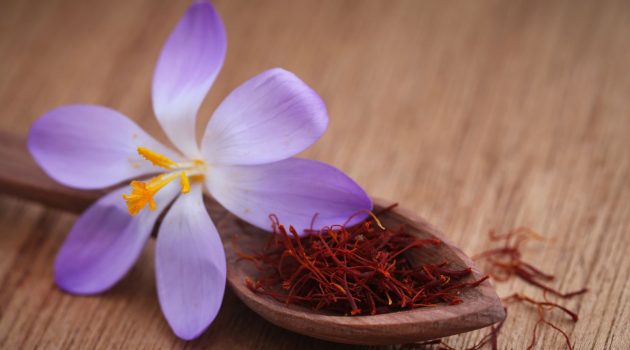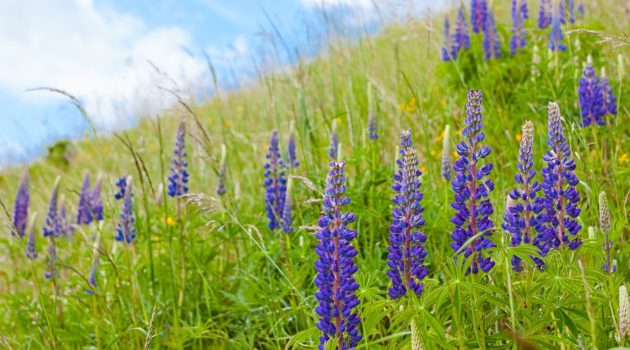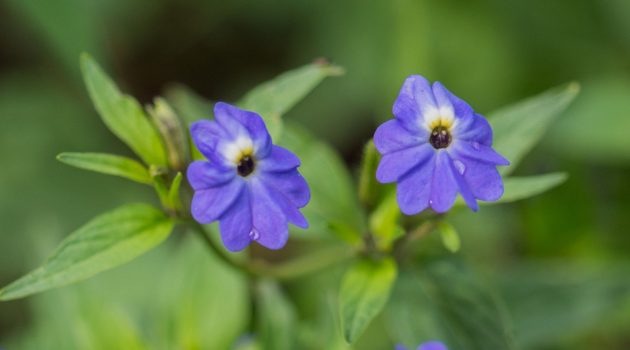As you explore the world of floral symbolism, you might find yourself entranced by the mallow flower, a bloom that carries a rich tapestry of meanings.
The mallow flower’s delicate beauty has made it a subject of interest across various cultures, often associated with intricate symbolism.
In the language of flowers, the mallow is seen as a representation of love, healing, and protection.
It’s a flower that embodies the complexity of emotions, hinting that there’s often more than meets the eye when it comes to personal sentiments and relationships.
The colors of the mallow flower only add to its symbolic value, with hues ranging from soft pinks to regal purples, each shade potentially offering a different nuance to its meaning.
The color variation allows the mallow to communicate different emotions; soft pink, for example, can suggest tenderness, while a more vibrant purple could be interpreted as a sign of deep connection or royalty.
As you consider the mallow flower’s place in your life, understand that it’s a powerful symbol for both the beauty we can see and the emotions we experience.
Whether you’re looking to convey a message of romantic interest or seeking a symbol to express your need for emotional healing, the mallow with its varied colors and forms can be your silent ally, reflecting your feelings and adorning your surroundings with its quiet grace.
1. Historical Significance and Symbolism
Discover how the mallow flower’s meanings have intertwined with human history, carrying various significances across ancient civilizations to Victorian eras.
Here, you’ll see how love, emotions, and even peace have been symbolically linked to this enchanting plant.
Ancient Roots and Language
Ancient Greeks and Romans held the mallow (Malva) in high esteem, integrating it into their cultures meaningfully.
In Ancient Greece, the mallow was associated with love and protection, while in Rome, it was a symbol of peace.
The botanical name for the common mallow, Malva, stems from the Latin word for “soft,” reflecting its historical use in soothing and healing.
- Ancient Greek: Used mallow in healing and believed it to represent love.
- Roman: Mallow symbolized peace and was included in various ceremonies.
European Folklore and Victorian Language of Flowers
In European folklore, the mallow was often seen as a plant that could convey emotions through its many colors and was used in various rituals and tales.
During the Victorian era, the fascination with the language of flowers became a cultural phenomenon, and mallow flowers were used to communicate intricate messages silently.
They indicated a deep attraction when someone was swept away by their emotions, signaling an acknowledgment of love and passion.
European Folklore: Folk traditions emphasize the mallow’s role in representing emotions.
Victorian Flower Language:
- Pink Mallow: Reflecting the delicate nature of love.
- White Mallow: Denoting a sense of deep emotional connection and tender love.
2. Botanical Characteristics
Discovering the mallow flower means understanding its unique botanical characteristics, from its varied growth forms to the striking colors of its blooms.
Plant Description
Mallows are distinguished by their rich foliage and vibrant flowers. Typically, the leaves of mallows like Malva sylvestris and Malva moschata are heart-shaped and often have a lobe-like appearance.
Your garden can shine with their flowers showcasing a spectrum of colors including white, red, pink, purple, and yellow.
Growth Conditions
Mallows thrive in well-drained soil under full sun to partial shade. As a group, they are adaptable and often show resilience in various environments.
Whether you’re nurturing annuals or perennials, regular watering and occasional fertilizing will help maintain their stunning display.
Varieties and Taxonomy
The family Malvaceae encompasses a variety of mallow species, including the ornamental hollyhock and hibiscus. Here’s a quick glimpse at some of these varieties:
- Malva sylvestris (High Mallow): A perennial favorite with vibrant purple flowers
- Malva moschata (Musk Mallow): Known for its delicate pink blooms and musky scent
- Hollyhock: Towering stalks of flowers, perfect for adding vertical interest
- Hibiscus: Large, showy blooms that can be tropical or temperate
Each of these contributes uniquely to the diversity and beauty found within mallow varieties, enriching gardens and natural spaces alike.
3. Cultivation and Care
Mallow plants, known scientifically as malva, offer a delightful addition to your garden, whether you’re in Europe, Asia, or Northern Africa.
These perennials are appreciated for their beautiful flowers and easy-going nature, especially suitable for gardeners looking to add long-lasting blooms through the summer months.
Planting and Maintenance
When to Plant: The best time to plant malva is in early spring, as this allows the plants to establish themselves before the summer heat.
- Soil Requirements: Malva thrives in well-drained soil.
- Sunlight: Plant your mallow in a location that receives full sun to partial shade.
Watering: Regular watering helps malva plants establish, but once mature, they can tolerate some drought.
Deadheading: To encourage continuous blooming, deadhead spent flowers. This can also prevent self-seeding if you want to control the spread of the plant in your gardens.
General Maintenance:
- Fertilize in the spring with a balanced fertilizer.
- Mulch around the base to retain moisture and suppress weeds.
Common Issues and Solutions
Pests: Mallow is relatively pest-free, but keep an eye out for common garden pests. If you notice any, treat them with an appropriate insecticide or use natural predators to maintain a healthy ecosystem in your garden.
Diseases: Root rot can occur in poorly drained soils.
- Solution: Ensure good drainage when planting and avoid overwatering.
Self-seeding: Self-seeding can lead to malvas spreading throughout your garden.
- Solution: Deadhead regularly to control unwanted seed dispersal.
Legginess:
- Malva plants can become leggy if they’re not getting enough light or are too crowded.
- Solution: Provide adequate sunlight and space for your plants, and consider pruning them back to encourage bushier growth.
4. Medicinal Uses and Health Benefits
Mallow, a plant praised for its soothing and medicinal properties, holds a treasure of health benefits within its leaves and flowers.
You’ll find its applications ranging from traditional herbal remedies to modern nutritional supplements.
Traditional Healing Practices
In the realm of traditional healing, mallow (Malva sylvestris) has been long revered. You might find it intriguing that the leaves and flowers of mallow are typically used for their anti-inflammatory properties.
Here are a few ways they’ve been used historically:
- Tea: Brewing a tea from the flowers for relieving coughs and sore throats
- Salads: Fresh leaves included in salads for their gentle laxative effect
- Topical application: Crushed leaves applied to soothe wounds and toothaches
Modern Herbal Remedies
Advancing into contemporary times, mallow has made its foray into modern herbal remedies, still capitalizing on its healing properties. Below is a concise view of its uses:
- Skin care: Recognized for its potential anti-aging effects, creams and gels containing mallow extract may help maintain youthful skin.
- Digestive aid: If you’re struggling with digestive issues, incorporating mallow into soups or as a dietary supplement could assist in improving digestion.
Remember, while mallow is esteemed for its multiple health benefits, it’s always advisable to consult with a healthcare professional before starting any new herbal treatment.



